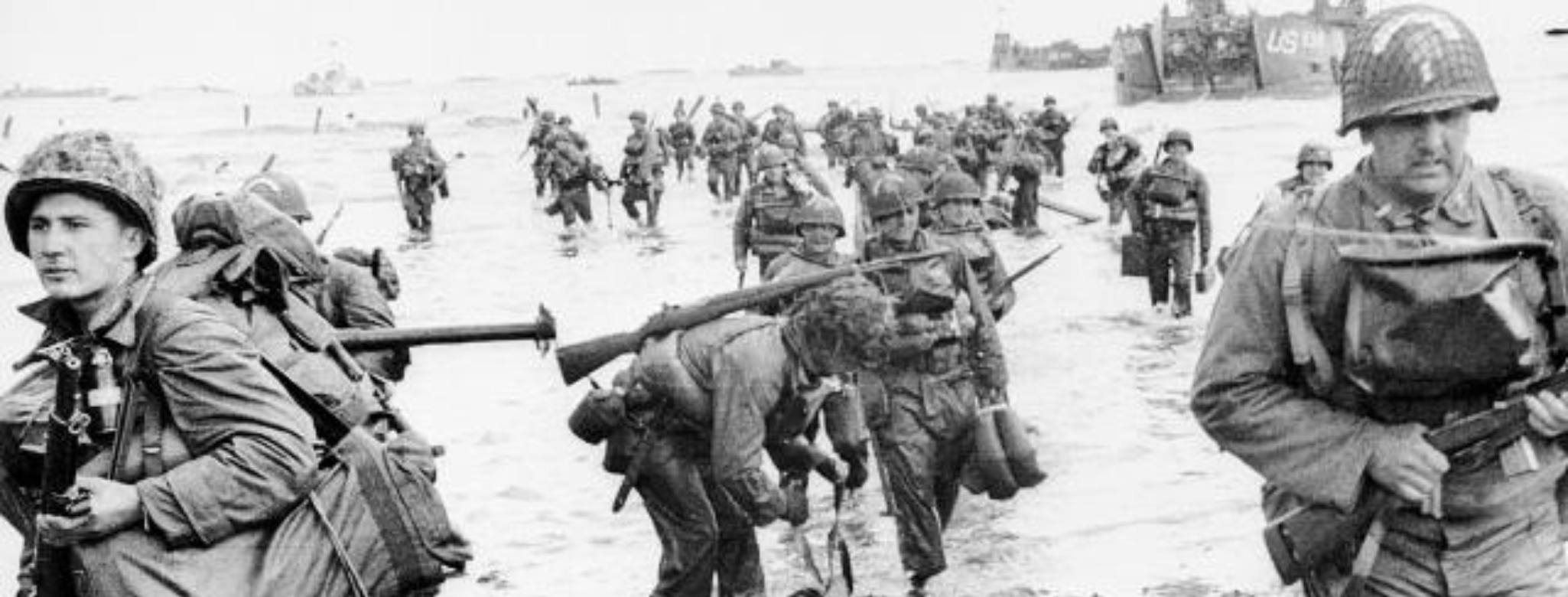Remembering D-Day | A Survivor's Story 80 Years Later
Posted by Hayley Adams on May 30th 2024
“Your task will not be an easy one. Your enemy is well trained, well equipped, and battle-hardened. He will fight savagely ... I have full confidence in your courage, devotion to duty, and skill in battle. We will accept nothing less than full Victory! Good Luck! And let us all beseech the blessing of Almighty God upon this great and noble undertaking.”
- Dwight D. Eisenhower
June 6th, 2024 marks the 80th anniversary of D-Day, Operation Overlord, the day during World War II on which the Allies -- American, British, and Canadian troops -- invaded France, a giant milestone on the road to defeating Nazi Germany.
This will soon be known as the largest armada in history. 160,000 troops crossed the English Channel on D-Day which was made up of more than 4,000 American, British, and Canadian ships. Additionally, more than 1,200 planes stood by ready to take flight.
Here are 2 powerful stories told by D-Day survivors over three-quarters of a century later to help honor all the brave soldiers from that historic day.
Richard Heyman
At 19, Army Air Corps pilot Richard Heyman was one of the youngest men in the sky on D-Day.
"This was the first time we had troops on the ground that we could try to protect." As a 364th Fighter Group P-38 Lightning fighter pilot, his mission began as an escort for the 101st Airborne Division.
"We flew with the C-47s and C-46s and gliders. …They had to make their drops at about midnight. There was enough light reflected that we could see the white nylon parachutes. There were just thousands of them — they saturated the place. But they suffered terrific casualties, you just can't describe the valor. …They were dedicated to their mission.
"There were these battleships sitting out in the English Channel firing their 16-inch guns, and we're sitting there, you know, flying back and forth, and you would look over and see this tremendous puff of smoke coming from these battleships. We would look over and see where the one-ton shell was exploding. "We were over the beaches. We could see the ships that were going in to land. We could see them blowing up," he continued. "We could see the troops … running, trying to protect themselves and … trying to approach those cliffs they knew they had to climb."
“If we had not done this terrific thing of freeing Europe, we would still be under a yoke.”
Vernon Lingle
Seventy-seven years ago, Lingle was a 19-year-old steering one of about 2,700 flat-bottomed landing boats that ferried soldiers to the shores of Omaha Beach, the first stretch of land that troops reached that infamous day.
"It was daybreak, and we were out there cruising down toward the beach, and the bombers and the ships with artillery and all that — you could see the flashes and the bursts of the bombs," Lingle remembered. "We were supposed to be in the first wave … but there was so much fire, I guess … they called us off and sent us back out."
"The tide wasn't like they really wanted it, so we got stuck on a little sandbar. ...I know it was a good thing I did because that shell burst was what was killing a bunch of people in the water."
Most of the critically needed vehicles sank before they reached the shore. But eventually, Lingle's boat delivered their first load of troops, then went back for more all day and into the night.
"We had a job to do, and we were doing it but seeing all those guys laying on that beach dead sticks with you. I feel lucky every day of my life and I praise God every day that I'm able to stand here in front of you all."

